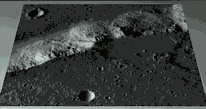 |
 |
 |
 |
 |
 |
SYNTHESIS: LANDSCAPE MAKER, PHOTOSHOP, TRUESPACE
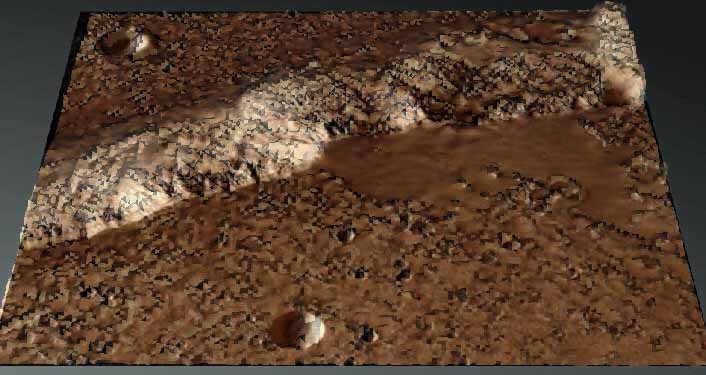
PHOTOSHOP 3D
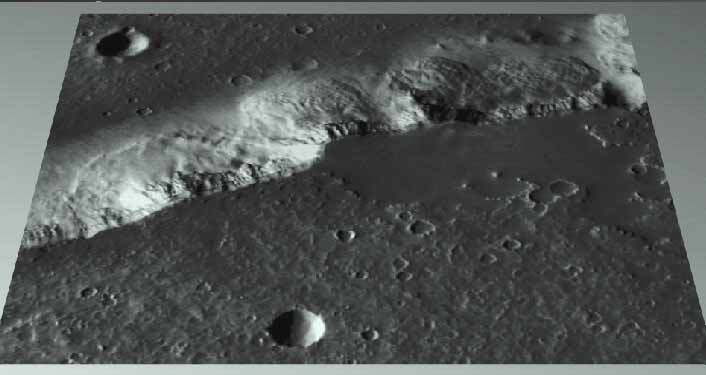
TRUESPACE 3D
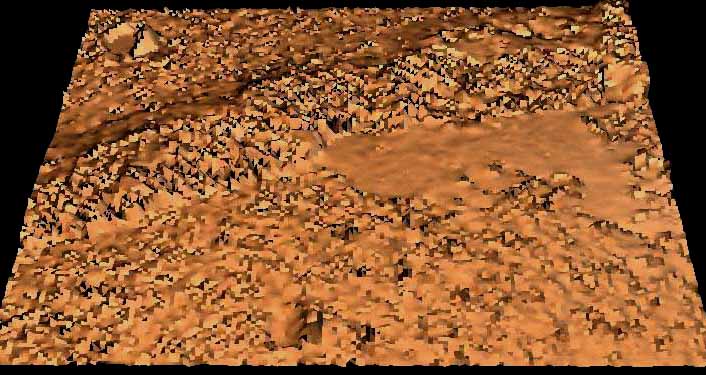
SUBTLE OVERLAY
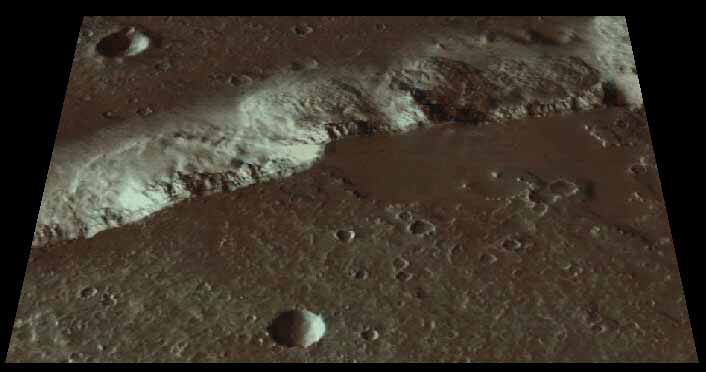
TOPOGRAPHICAL STUDIES
Landscape Maker (Kevin O'Toole); Truespace 3 (Pixels tend to spike or block in above software) |
 |
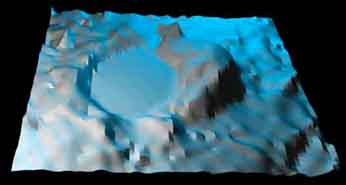
(Above: Landscape Maker Kevin O'Toole; Truespace 3 Crater for 3D control)
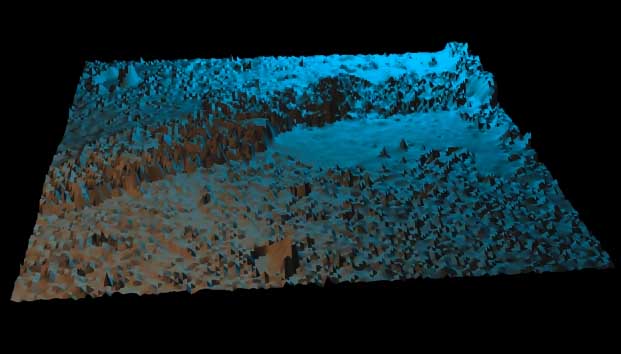
(Above: Landscape Maker (Kevin O'Toole); Truespace 3)
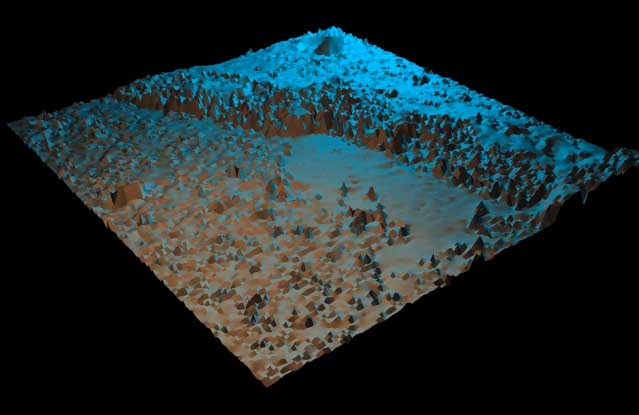
(Above: Landscape Maker (Kevin O'Toole); Truespace 3)
(ABOVE ENHANCEMENT) SUBMITTER EMAIL: Sorry I haven't got back to you on this one for a few hours but I have been looking at the "stuff". I am sending you an enhanced image (maybe I could do better on this one) showing the "northern" shore of the lake. I am "warming" to the idea that it might be as you say - a lake. At pixel location (923,737)there is a crater (I think). Numbering is from top left. It appears to 'straddle" the "edge' of the lake. It would be highly unlikely for such a structure to be perched on the edge of a cliff without collapsing. Further up around pixel location (830,668) there is a disheveled area that consists of inverted V-like structures. If these are erosion features as we have them on Earth then this is a slope "down" to the lake. At (672,795) there is that dark area you have been comparing to the temple at Abu Simbal. It appears to be of a higher slope and hence forced into darkness by shadow. This is consistent with the idea that it is a terraced structure. I can't imagine how all of this may have formed (with the high albedo and all) but none the less, it appears to be there. The further enhancing of the "water" has not turned up anything that may indicate anything else other than it is water. The area at (957,755) appears to be some eroded feature and does seem to indicate flow towards the lake. This is a bit of a blow to my psyche. I really think you may have something there. I am not saying it is water but I sure as hell can't think of what else it could be.
My enhancement (topenh.jpg) doesn't add a great deal for interpretation that can't be noticed in your almost unenhanced shots at higher resolution but it looks good at the wide angle. It does emphasize some of the points above though. I have used fourier deblurring using a PSF of 1.1 convolved with a Weiner Filter of 0.03 multiplied into the FFT of the Image patches then FFT inverted to produce these (256X256) patches. I dropped these back into the original image. The DC component of the patches is somewhat removed producing the quilting effect and there is some artifact evident around the margins with some increased noise through the bulk area but it does show that there appears nothing too anomalous there.